Antivirus software is key for anyone using an internet-enabled device. Even if you use your PC infrequently, it’s important to keep it protected. But how do you know which antivirus to choose? Avast and Webroot are both popular providers of antivirus software, and I’m going to take a look at both.
In this comparison, I will discuss the pros, cons, and individual features of Avast and Webroot. I use my own tests to discover the effectiveness of each malware scanner, and compare the results to those of tests from leading antivirus testing websites.
If time is not on your side, here is the short version: Avast is my winner. This is due to its affordability, expert level of malware protection, and performance. It offers a selection of additional features and has a user-friendly interface.
Ready for the long version? Read on for a more in-depth analysis.
Summary: Avast vs Webroot
Avast Premium Protection
- Ransomware protection
- Sandbox tool
- Password manager
Webroot Complete
- Anti-phishing
- Password manager
- Identity theft protection
| Feature | Avast Premium Protection | Webroot Complete |
|---|---|---|
| Antivirus and antispyware |  |
 |
| Firewall |  |
 |
| Webcam protection |  |
 |
| Password manager |  |
 |
| Anti-phishing |  |
 |
| Ransomware protection |  |
 |
| Banking and payment protection |  |
 |
| Parental control |  |
 |
| Network attack protection |  |
 |
| Encrypted storage |  |
 |
| Automatically update apps |  |
 |
| VPN |  |
 |
| PC cloud backup |  |
 (25GB) (25GB) |
| File shredder |  |
 |
| Performance optimization |  |
 |
| Identity theft protection |  |
 |
| Run suspicious apps in sandbox |  |
 |
BEST DEAL FOR AVAST:Get up to 70% off Avast and all of its premium security and privacy features.
BEST DEAL FOR WEBROOT:Save 25% on Webroot Internet Security Complete and protect up to 5 devices simultaneously.
Background
Avast
Avast is a cybersecurity software company from the Czech Republic, with more than 435 million active users. This provider focuses on research, machine learning, and artificial intelligence. As of April 2020, it had the second-largest market share among antivirus providers worldwide. Avast was founded in 1988 and has since been a world leader in the antivirus industry. Of note was its acquisition of AVG in 2016, which allowed Avast and AVGs products to share the best features they each had to offer. In late 2020 it was acquired by NortonLifeLock (formerly Symantec), the makers of Norton Antivirus.
Webroot
Webroot was the first company to harness the cloud and artificial intelligence to stop zero-day threats in real-time. It was founded in 1997 and is an American company, with its international headquarters based in Ireland.
Pricing and compatibility
Antivirus products come in many different forms and at a range of price points. This often leads to consumers feeling confused about what product is best for their needs.
Avast offers a wide variety of products. Its free version scans for security issues and protects you in real-time by analyzing unknown files. Avast’s highest tier product is Avast Premium Security with cover for one PC, costing $69.99 (GBP £50.63) per year. This includes all of its comprehensive features that ensure ultimate privacy.
| Avast Free Antivirus | Avast Premium Security - 1 PC | Avast Premium Security - 1 Mac | Avast Premium Security Multi-device - 10 Devices |
|---|---|---|---|
| Free | $69.99 per year | $59.99 per year | $89.99 per year |
| Webroot Antivirus | Webroot Internet Security Plus | Webroot Internet Security Complete |
|---|---|---|
| $39.99 per year | $59.99 per year | $79.99 per year |
Webroot offers three products to choose from with its basic antivirus costing $39.99 (GBP £28.93) per year. The next tier costs $59.99 (GBP £43.40) annually, while Webroot Internet Security Complete, costs $79.99 (GBP £57.87) per year. If you opt for Internet Security Complete, it gives you greater protection, eliminating traces of online activity and providing secure online storage. You won’t find features such as these in the cheaper options from Webroot.
Webroot is offering a $20 (GBP £14.47) discount on Internet Security Complete, making the first year subscription $59.99 (GBP £43.40). Avast isn’t offering any discounts for the first year at the time of writing.
If you want to try before you buy, Avast provides a 30-day free trial of its premium antivirus product, with no credit card details needed. This means you won’t get caught out by any automatic charges. Webroot is offering a 70-day money-back guarantee, giving you the peace of mind of a full refund if you’re not satisfied.
Avast comes in at a much higher price point than Webroot for its premium products. However, it does come down to protection, features, and performance to weigh up the best value for money.
Effectiveness against malware
I ran some tests to find out which software is best against malware threats. The first test involves downloading four EICAR (European Institute of Computer Antivirus Research) test files and seeing how well they were blocked and quarantined. The second test involved three live samples (adware and trojans) to see if these were blocked by the antivirus software.
| Test File | EICAR Sample 1 | EICAR Sample 2 | EICAR Sample 3 | EICAR Sample 4 | Live Sample 1 (Adware) | Live Sample 2 (Trojan) | Live Sample 3 (Trojan) |
|---|---|---|---|---|---|---|---|
| Webroot | Allowed | Allowed | Allowed | Allowed | Blocked | Blocked | Blocked |
| Avast | Allowed | Allowed | Allowed | Allowed | Blocked | Blocked | Blocked |
Both Avast and Webroot showed similar results. Avast allowed the EICAR samples when downloaded over HTTPS, but blocked them on HTTP. This is likely due to Avast not scanning HTTPS web traffic, which itself can create security holes. For the live samples, Avast blocked all three.
Webroot allowed the EICAR samples but automatically and silently removed the live samples. Judging by my own tests, both Avast and Webroot are on level heading.
To further investigate Avast and Webroot, I looked at recent tests by AV-Test and AV-Comparatives. Both are leaders in antivirus testing and offer an array of trustworthy research. AV-Test ran a test through the months of May and June 2020 to gauge protection against zero-day malware attacks. Avast achieved a perfect 100 percent score for both of these months. Webroot was not included in this recent study.
AV-Comparatives real-world protection test summary from February to May 2020 gave Avast a protection rate of 99.7 percent. Webroot wasn’t tested by AV-Comparatives. I also looked at the false alarm test run by AV-Comparatives during this period. This shows if something is falsely identified as a threat, so fewer is better. Avast had eight false positives, which is below the average of nine. Webroot was not tested.
Weighing up all of this data, Avast performs very well in my own tests as well as independent tests from leading websites. Webroot was not part of the latter tests, but Avast is a clear winner in this round.
Impact on PC performance
Scanning your computer for threats will be a regular occurrence, so you need to make sure it doesn’t impact PC performance. Whether you’re gaming or sending emails, any slowdown can be an annoyance.
For these tests, I monitored my PC performance while running a full scan and a quick scan. The results are in the table below. As you can see, Avast is slightly quicker when performing a full scan (it took 60 minutes) and scanned more items. Where it differs is in the quick scan. Webroot prides itself on lightning-fast scans, and the quick scan just took one second, which is pretty remarkable. This is compared to Avast’s 146 seconds.
| Test Type | Full Scan Time (minutes) | Full Scan Items Scanned | Quick Scan CPU Utilization % | Quick Scan Memory Utilization % | Quick Scan Disk Utilization % | Quick Scan Time (seconds) |
|---|---|---|---|---|---|---|
| Webroot | 72 | 11938 | 31 | 78 | 97 | 1 |
| Avast | 60 | 1870000 | 90 | 72 | 300 | 146 |
| Test Type | Control CPU Utilization % (no scan) | Control Memory Utilization % (no scan) | Control Disk Utilization (MB/s) (no scan) | Full Scan CPU Utilization % | Full Scan Memory Utilization % | Full Scan Disk Utilization (MB/s) |
|---|---|---|---|---|---|---|
| Webroot | 25 | 67 | 10 | 95 | 63 | 721 |
| Avast | 32 | 72 | 28 | 42 | 73 | 5801 |
The table shows that Webroot has less CPU utilization at 25 percent compared to Avast’s 32 percent. The rest of the data shows Webroot performed slightly better than Avast, although not by much.
I looked at results from independent tests to see if they were similar to my own. I used the performance test by AV-Comparatives showing how each antivirus software impacts PC performance during eight common tasks:
- Downloading files
- Browsing websites
- File copying: first and subsequent run
- Installing and uninstalling applications
- Archiving and unarchiving
- Launching applications: first and subsequent run
Each task is given a rating ranging between very fast and slow. Avast scored very fast for all common tasks, with the exception of launching applications on a first and subsequent run, which was given a fast score. Webroot was not included in these tests.
Avast and Webroot both performed exceptionally in my own tests and both had very minimal impact on my PC performance overall. Avast’s full scan checked more items on my device in a faster time, giving it the edge over Webroot. However, Webroot only scans files that have changed since it has last seen them. Potentially decreasing security, but it allows for these second long scans.
Features
It’s not just the antivirus scanner itself that’s important. The increased use of personal details online means users require more protection than ever. To decide which one offers better value for money, I looked at the features Avast and Webroot offers.
- Secure passwords
- Block malware
- Block spam and phishing emails
- Safer shopping
- Webcam protection
- Lockout hackers with an advanced firewall
- Scan for wi-fi security weaknesses
- Get an extra layer of ransomware security
- Safely run suspicious apps
- Permanently shred sensitive files
- Automatically update apps
- Install on all your devices
- Advanced threat protection
- Protection that stops ransomware
- Anti-phishing
- Lightning-fast scans
- Protects account logins and passwords (LastPass)
- Eliminates traces of online activity
- 25GB of secure online storage
Here are some of the feature highlights:
- Automatically update apps – If your apps aren’t kept up to date, this can lead to potential threats. This tool will automatically update your apps so you don’t have to worry.
- Safer shopping – If you’re often browsing through online shops and inputting passwords, this feature will stop hackers hijacking your router’s DNS to send you to fake sites and steal your passwords.
- Sandbox – Suspicious file? This feature will let you open files in a safe environment before you let them run on your PC.
- Anti-phishing – This tool will help protect against phishing attacks, which can result in stolen credentials or malware being planted on your device.
- Eliminates traces of online activity – Protect your usernames, account numbers, and other personal information against keyloggers, spyware, and other online threats that target valuable personal data.
- 25GB of secure online storage – Protect up to 25GB of photos, music, and other files from damage or loss with cloud-based backup including state-of-the-art encryption.
Avast offers an incredible number of safety features, and the safer shopping and sandbox tools are very useful in ensuring everyday privacy. Avast is my winner here.
Signup and installation
So you’ve decided which one to go for. Now what? The signup process for Avast and Webroot is simple, and installation takes just a few minutes. Avast’s checkout system is intuitive with everything on one page. On selecting your product, you’re given a summary of its key features and benefits, along with the price. It doesn’t mention anything about automatic renewal, so set a reminder in your calendar to cancel if you don’t want to proceed with a subsequent year.
Webroot also keeps it simple with customer and payment details all on one page. It does outline the saving that you are making, with an option to increase the number of devices if you wish. The only thing to be cautious about is the added software CD which is automatically included in your basket at a charge of $9.99 (GBP £7.23). Be careful not to be caught out if you do not want this.
How easy is the interface to use?
Once the software is downloaded and you’re ready to go, it’s time to get to grips with the interface. The main dashboard is something you’ll be using regularly when performing scans, so ensuring it’s user-friendly is a good idea.
Avast’s interface is easy on the eye, with a dark blue and contrasting green color scheme. You’ll be greeted with a ‘You’re protected’ slogan and the option of navigating to a smart scan in just one click. The left-hand panel will enable you to navigate to protection, privacy, and performance, where you can discover all of Avast’s features.
Webroot is more complex in its design, with a lot of information on one page. It clearly states whether or not you’re currently protected, with an option to view your scan’s progress. The ‘join the discussion’ panel is a bit too prominent, given that it will be irrelevant to most users. The space could be better used with larger icons and links to important tools. The right-hand side lets you navigate to identity protection, the password manager, and backup options.
Customer support
What happens if you experience a problem with setup or a few months down the line? Customer support is essential for any purchase, including antivirus software.
Avast’s website provides troubleshooting solutions and FAQs. If you don’t find what you’re looking for, the customer support team is accessible via the phone, live chat, or email.
Answers to common questions are available on Webroot’s website, but you can contact support through social media, phone, or webform. Premium customers can submit an unlimited number of support tickets.
Avast vs Webroot Conclusion
After comparing Avast and Webroot, it’s easy to establish a clear winner. Avast is used by millions of people worldwide and is one of the biggest antivirus software providers out there today.
This comparison has shown why it remains so popular. There’s a huge list of features to protect your privacy and identity, and ensure a safer browsing experience. Its malware protection rates are outstanding, so you can rest assured you will be protected and safe online.
See also:
L’article Avast vs Webroot: Which is best? est apparu en premier sur Comparitech.
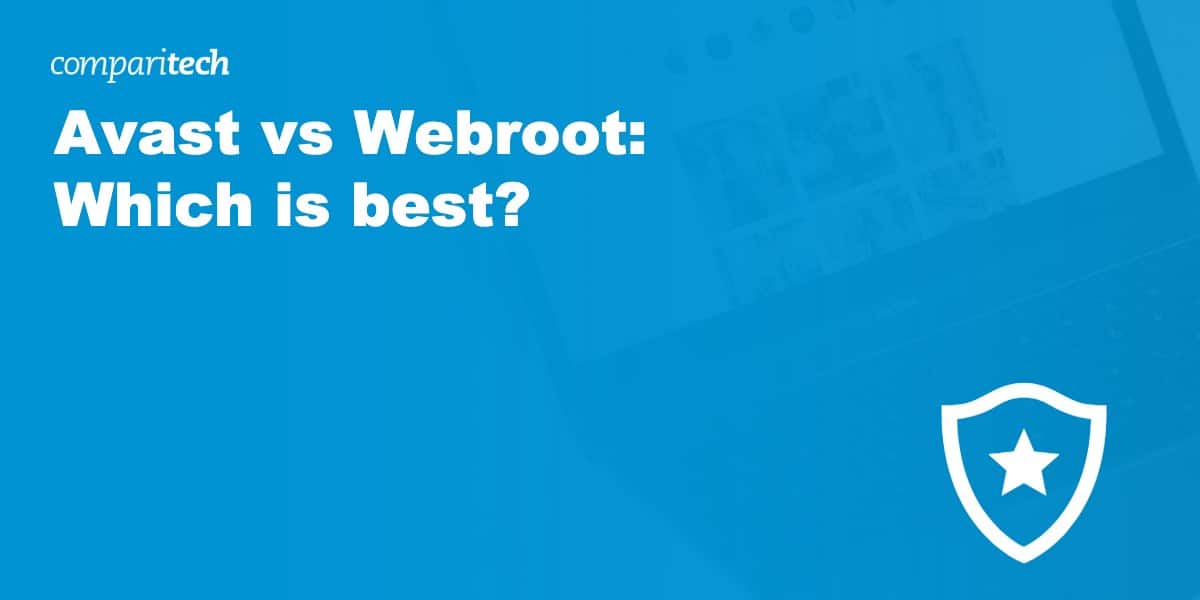
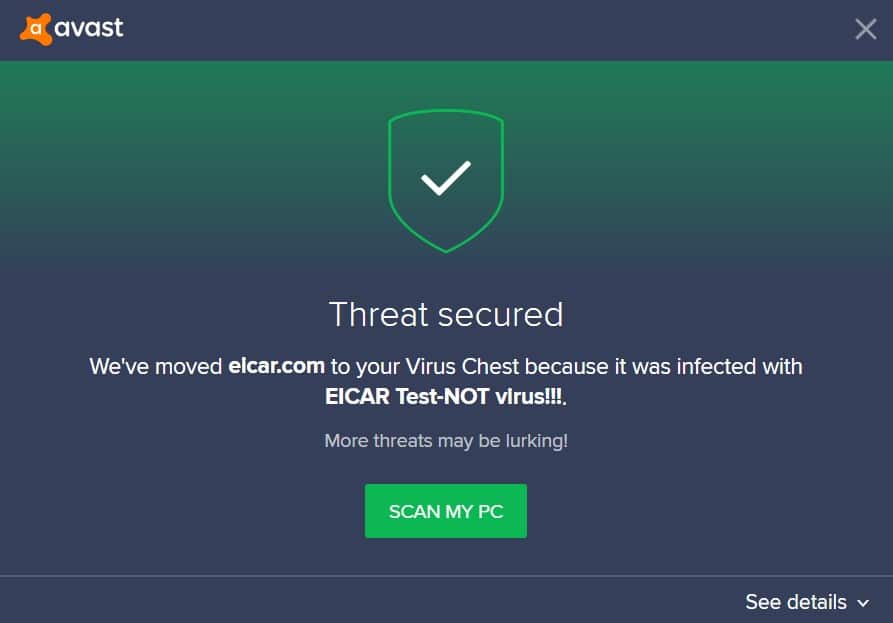
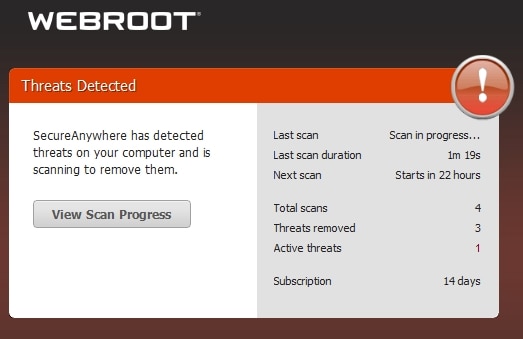
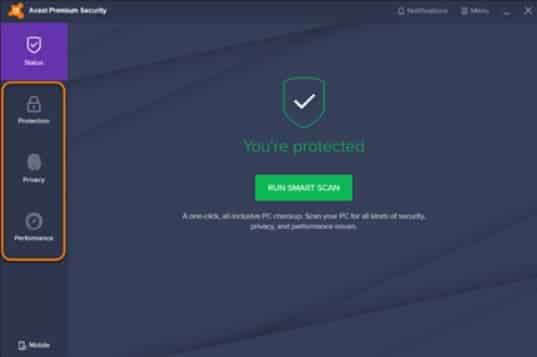
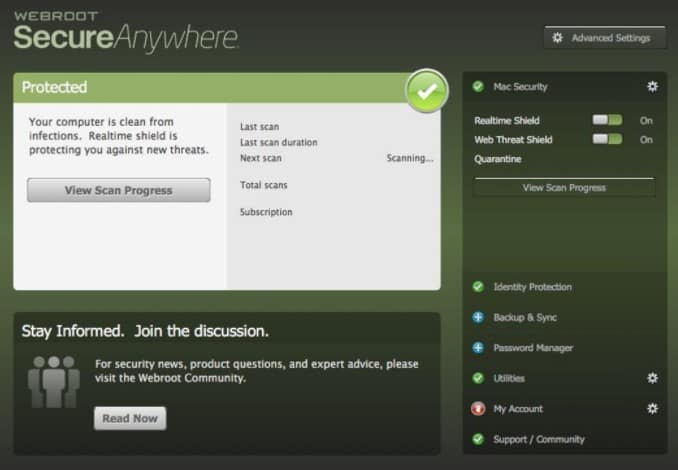
0 Commentaires